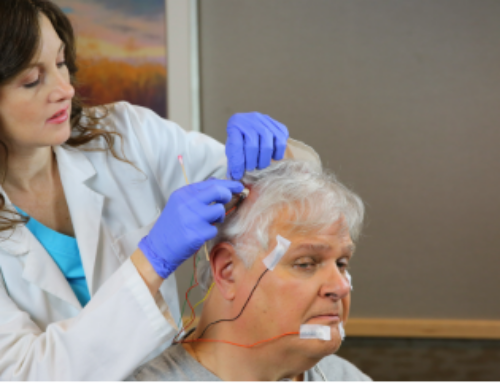A new study of obese adults shows that those who have obstructive sleep apnea (OSA) have a significantly larger tongue with a higher amount of fat. OSA is a chronic disease that involves repetitive pauses in breathing during sleep.
“Tongue size is one of the physical features that should be evaluated by a physician when screening obese patients to determine their risk for obstructive sleep apnea,” said Dr. Timothy Morgenthaler. He is president of the American Academy of Sleep Medicine.
The study involved 90 obese adults with OSA and 31 obese adults without OSA. Each had a MRI scan of their upper airway.
Results show that tongue volume was greater in obese adults with OSA. They also had more tongue fat and a higher percentage of tongue fat.
The authors suggest that the extra fat may hinder the muscles that attach the tongue to bone. The fat may prevent these muscles from keeping the tongue away from the airway. As a result a fat tongue may be more likely to block the airway during sleep.
The risk of OSA increases with excess body weight. Common warning signs for sleep apnea include snoring and choking, gasping, or silent pauses in breathing during sleep. Don’t ignore the warning signs. Visit www.stopsnoringpledge.org to pledge to “Stop the Snore” and talk to a doctor about sleep apnea.
The study is published in the October issue of the journal Sleep.





